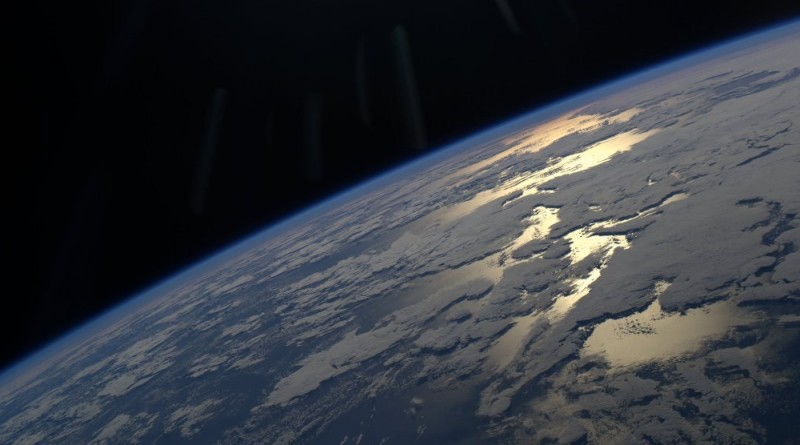ISS Operations Update – April 11, 2016

Experiments:
SPHEROIDS – Kubik incubator activation and insertion of samples [SPHEROIDS studies the effects of microgravity on endothelial cell function with respect to blood vessel formation, cellular proliferation, and programmed cell death.]
EarthKAM Equipment Setup in Service Module for week-long imaging session.
High Quality Protein Crystal Growth (PCG) – Sample retrieval from Dragon, initialization of crystallization process and insertion into the Stirling-Cycle Refrigerator for 30-day experiment run. [Growing Protein crystals in space yields larger, more uniform and pristine crystals than those grown on Earth due to the absence of a number of issues such as sedimentation and shear forces, preventing the growth of large molecules. The use of protein crystallography requires high-resolution diffraction-quality crystals of a protein in order to be able to model the three dimensional structure of the molecules. Many protein molecules synthesized on Earth fall short of that requirement, allowing only partial structural information to be extracted. For targets in which high-resolution crystal structures are needed, production of crystals in the space environment may be a solution.]
Cell Mechanosensing 3 – Preparation of samples and start of incubation. [The Cell Mechanosensing study aims to identify mechanisms of gravity sensing on a cellular level using skeletal muscle cells in order to help the development of countermeasures to muscle atrophy.]
NanoRacks Platforms-1 & 2 Module Installation – SyNRGE³ & Algal Growth and Remediation Experiments
NanoRacks Module 9 – Student Experiment Activation
Rodent Research 3 (RR-3) Transfer Review [Rodent Research 3, named after the sponsoring company Eli Lilly and Co., will conduct a close study of myostatin inhibition for the prevention of sekeletal muscle atrophy and weakness in mice during long-duration spaceflight. A rapid loss of bone and muscle mass is observed in astronauts during spaceflight, especially to the legs and spine at rates similar to atrophy in people with muscle-wasting deseases on Earth. The study makes use of mice as a model organism to examine the response to certain drugs preventing muscle or bone loss.]
SKIN B Experiment Ops [SKIN B is a German Aerospace Center Payload that studies the the influence of microgravity on human skin. Crew members will complete at least eight experiment sessions during their flight. SKIN B measures skin moisture, water loss and studies physiological properties with a close-up imager. Skin elasticity, capillary blood flow and deep skin structure will be studied pre- and post-flight. On previous missions, it has been determined that the skin experiences a number of effects during long-duration space flights that resemble the aging process, but just in an accelerated form.]
Fine Motor Skills [Fine Motor Skills uses a tablet touchscreen application to monitor degradation in fine motor abilities over the course of an extended exposure to microgravity. A drop in fine motor skills can lead to problems when crew members are tasked with medical treatment, repairing sensitive equipment and interacting with touch-based equipment. Tests utilized by this study include multidirectional pointing, dragging, shape tracing, and object manipulation to create a knowledgebase that will allow scientists to evaluate the risk of fine motor performance decrements due to long-duration exposure to microgravity.]
BAR Experiment Operations [The BAR suite of science instruments is used aboard ISS to perform problem area monitoring inside the Russian Segment in order to extend the Station’s orbital lifetime. KPT-2 includes temperature, humidity and acoustic measurements.]
Systems/Maintenance:
Nominal Inspections/Servicing Tasks (Morning Inspection, Caution & Warning Panel Check, Sozh System Maintenance) (Russian Crew)
Dragon Cargo Operations – Transfer of Cargo Transfer Bags (CTBs), unpacking Double Cold Bags (DCBs) and powering up the Polar freezer units.
Robotics: The Robotic Arm was released from the SpX-8 Dragon Flight Releasable Grapple Fixture and walked off to the Lab PDGF and maneuvered into position to survey the Dragon Trunk and the Bigelow Expandable Activity Module (BEAM). Afterwards, SSRMS moved to the Mobile Transporter for translation to Worksite #6.
PAO Footage Collection
PAO Event

